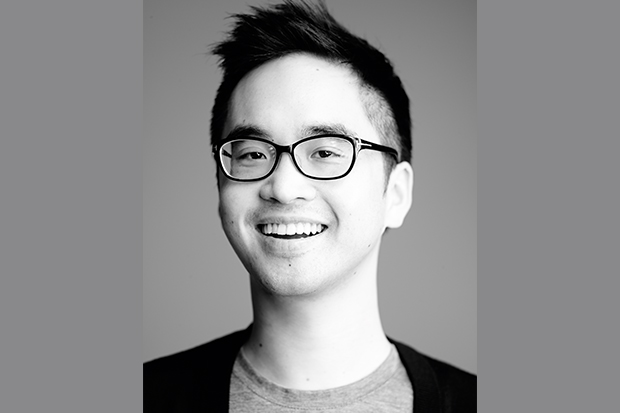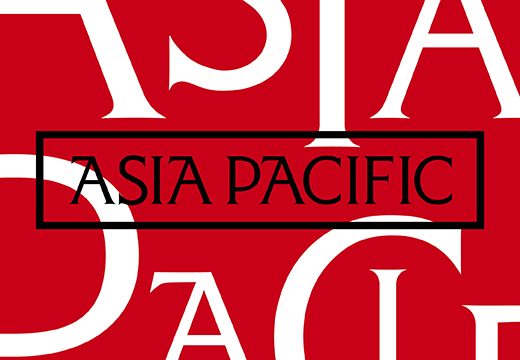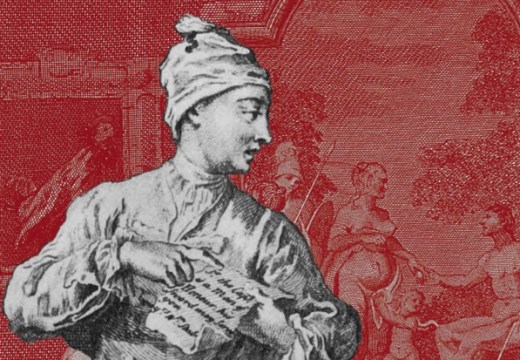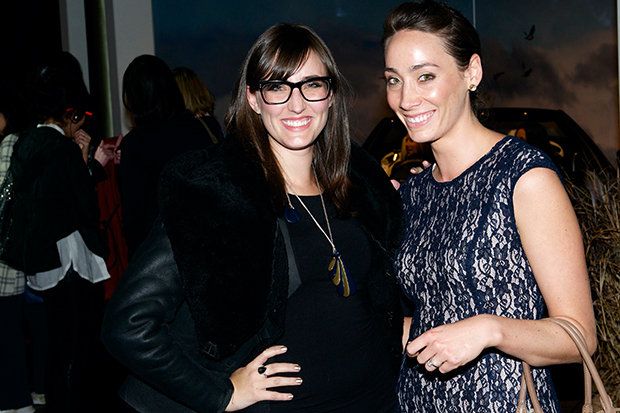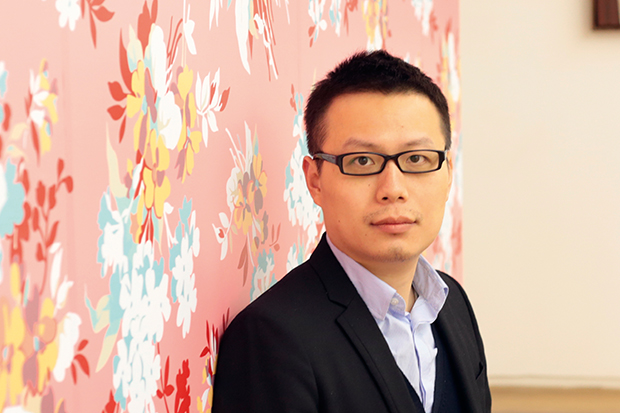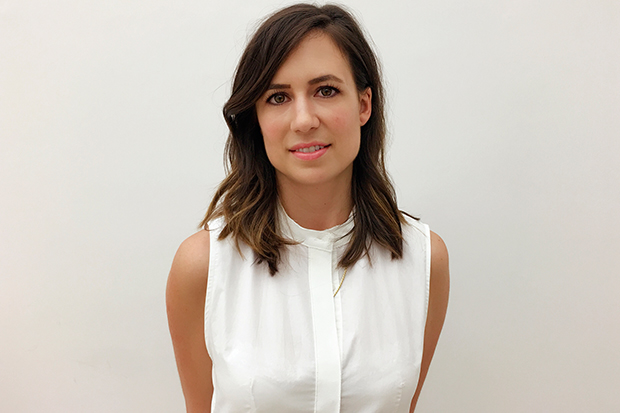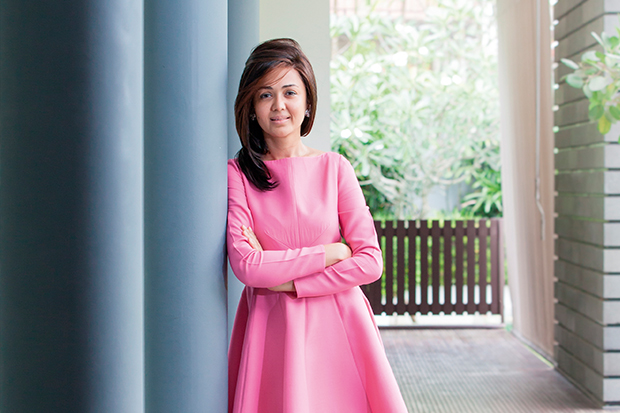Hong Kong
You founded the K11 Art Foundation in 2010 to develop Chinese contemporary art and help young curators. What are the most important achievements of the Foundation to date?
The mission of the K11 Art Foundation is to incubate contemporary Chinese artists and curators, build a contemporary Chinese art ecosystem, and create a bridge between that system and the world. I think we’re actually a pioneer in doing this. Our greatest achievement is to have started the K11 Art Village in China in 2010, something that no one had done before for emerging Chinese contemporary artists. It needed some guts to initiate that.
The beauty of the Foundation is that it’s registered in Hong Kong but we do activity in China. We select artists from Greater China – Hong Kong, Taiwan and China – and offer them artist residencies in the village, then show them in small Kunsthalles that we’ve built around China. And then we hire young Chinese curators to curate the shows. So we kill two birds with one stone.
And your outlook is very international, isn’t it?
We’re the first foundation here to collaborate with overseas art institutes. We’ve worked with the Palais de Tokyo for three years, and others like the ICA, the Serpentine, and the Pompidou. Our museum shows start in Paris or London then go back to China – but they’re Chinese shows, with a Chinese-artist focus, into which we incorporate Western artists. We’re really putting China on to a global map and breaking the stereotype that says Chinese artists have to talk about Chinese politics, Chinese economics, or Chinese social issues. These days Chinese artists are global artists. There’s been a paradigm shift.
How will the Foundation grow in coming years?
This year we’ve been growing in Hong Kong a lot, working with a lot of local artists and curators. But we’ve also been focusing on the US and collaborating with US art institutes. I’ve just been appointed to the boards at MoMA PS1 and the Public Art Fund in New York, and at the end of October, we’re going to open a show with the New Museum – the artist Cheng Ran began a residency there in August.
In the next few years we want to do a lot of art education in China, and really build the audience for art. But to do that, I don’t believe in having art spaces in really formal galleries or museums. I believe in having a museum inside a space that everyone can access – whether that’s in a retail space or an office space, or a submarine or a rocket… I don’t care, so long as people can access it!
Is that where the idea for the K11 Art Malls in Hong Kong and Shanghai came from?
There isn’t a very strong public art education programme in schools in China, so what happens is that people don’t learn how to appreciate art when they’re young. It’s not part of everyday life and people don’t get into the habit of going to museums. They only go to retail spaces, department stores, shopping malls – places that all look exactly the same and have no culture.
So I thought, I want to develop an audience for art, I want artists to thrive, and I want a sustainable business model that lets me do social innovation. Why not build a cultural destination in a retail space? In the beginning, nobody understood what I was talking about. But now the number of people who come to our shows is enormous. We just finished a surrealism show with Chinese contemporary artists and close to 200,000 people visited in only three months.
Do you feel that private collectors have a responsibility to be involved in the public promotion of art?
I think it’s very important, and I encourage my friends who are collectors to start thinking not only about collecting, but about understanding that art and culture should be part of everyday life. Culture is what shapes humanity, after all.
Unlimited access from just $16 every 3 months
Subscribe to get unlimited and exclusive access to the top art stories, interviews and exhibition reviews.

